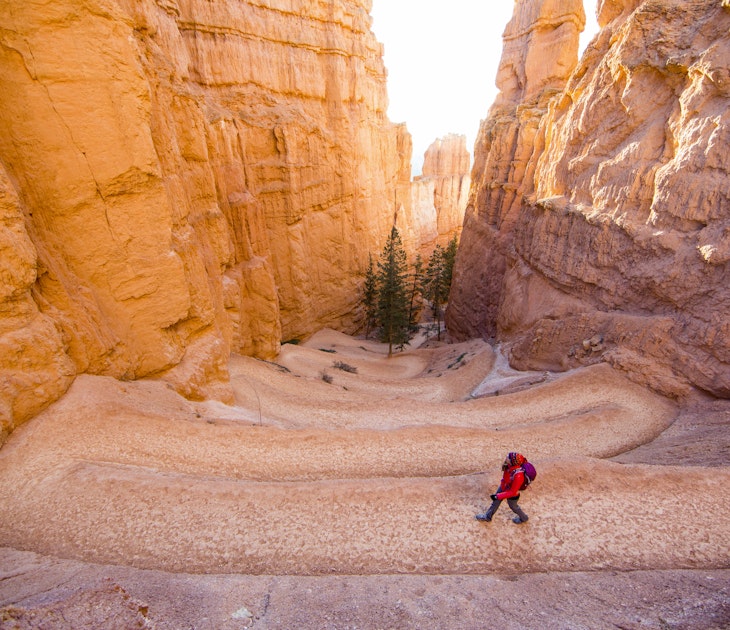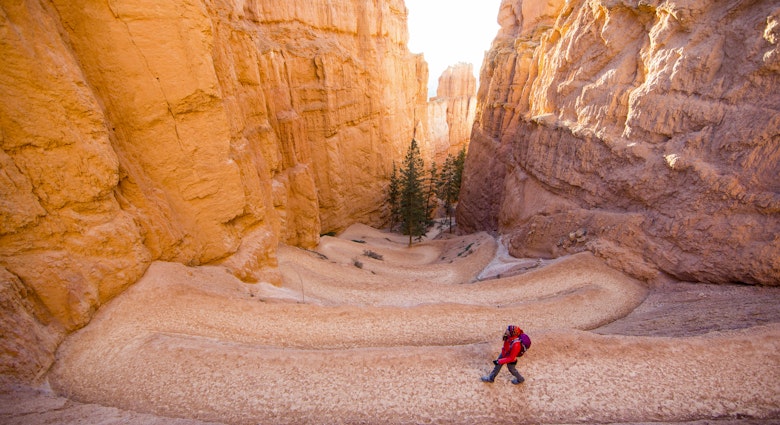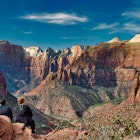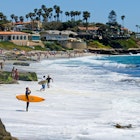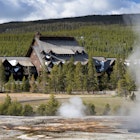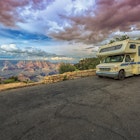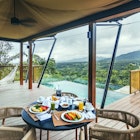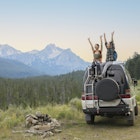As the colder temperatures of the fall and winter months start to move in, people who are able to work from home are figuring out more favorable locations to ride out the pandemic. Workers and students are packing up their laptops and head out to places like beaches and mountain retreats.
Editor's note: Please check the latest travel restrictions before planning any trip and always follow government advice.
“This year the traditional vacation calendar has flown out the window,” says Melanie Fish, a travel expert from the vacation rental company VRBO. “Instead of waiting until the holidays, spring break or next summer to book a getaway, families who may have chosen online school and work are taking advantage of the newfound flexibility those things offer to travel all fall and winter.”
That’s what Jill Wheeler from Boulder, Colorado did with her family when school started this year. Wheeler and her husband are entrepreneurs with the flexibility to work remotely. The family also loves watersports, so they took this opportunity to go across the country to spend two weeks in the Outer Banks, North Carolina.
“Once we found out our 13 and 15-year-old daughters’ schools went virtual, we felt it would be a perfect time to share the plethora of adventure opportunities the Outer Banks offers,” Wheeler says.

Making remote work and school life work
Lesli Peterson, Owner of 365 Atlanta Traveler has taken her family on several trips since the start of the pandemic and says the key to making remote schooling work while traveling is to pick destinations that offer fantastic Wi-Fi.
“While the state and national parks are among our favorites, they do not offer reliable internet – so they didn’t make the cut," she says. "That unplugged vacation will have to wait for another time. We found places that really touted their internet connections.”
And it’s not just intentional trips that allow travelers to work from anywhere else that are becoming popular. People are finding ways to turn weekend breaks (like road trips to nearby towns) into “flexcation” stays by extending their getaways a few extra days because they can work and school remotely. The airfare booking app Hopper reports a rise in the "flexcation" trend where travelers are taking advantage of more flexible/remote schedules and mixing work and play when planning their trips.
“Long weekends are trending up – with a higher proportion of travelers taking 3-day weekends Friday - Monday; Thursday-Sunday or the 4-day, Thursday to Monday weekend,” says economist Hayley Berg. And it is not just for domestic US travel. “On Hopper, we are also seeing an increase in length of stay for most international regions.”
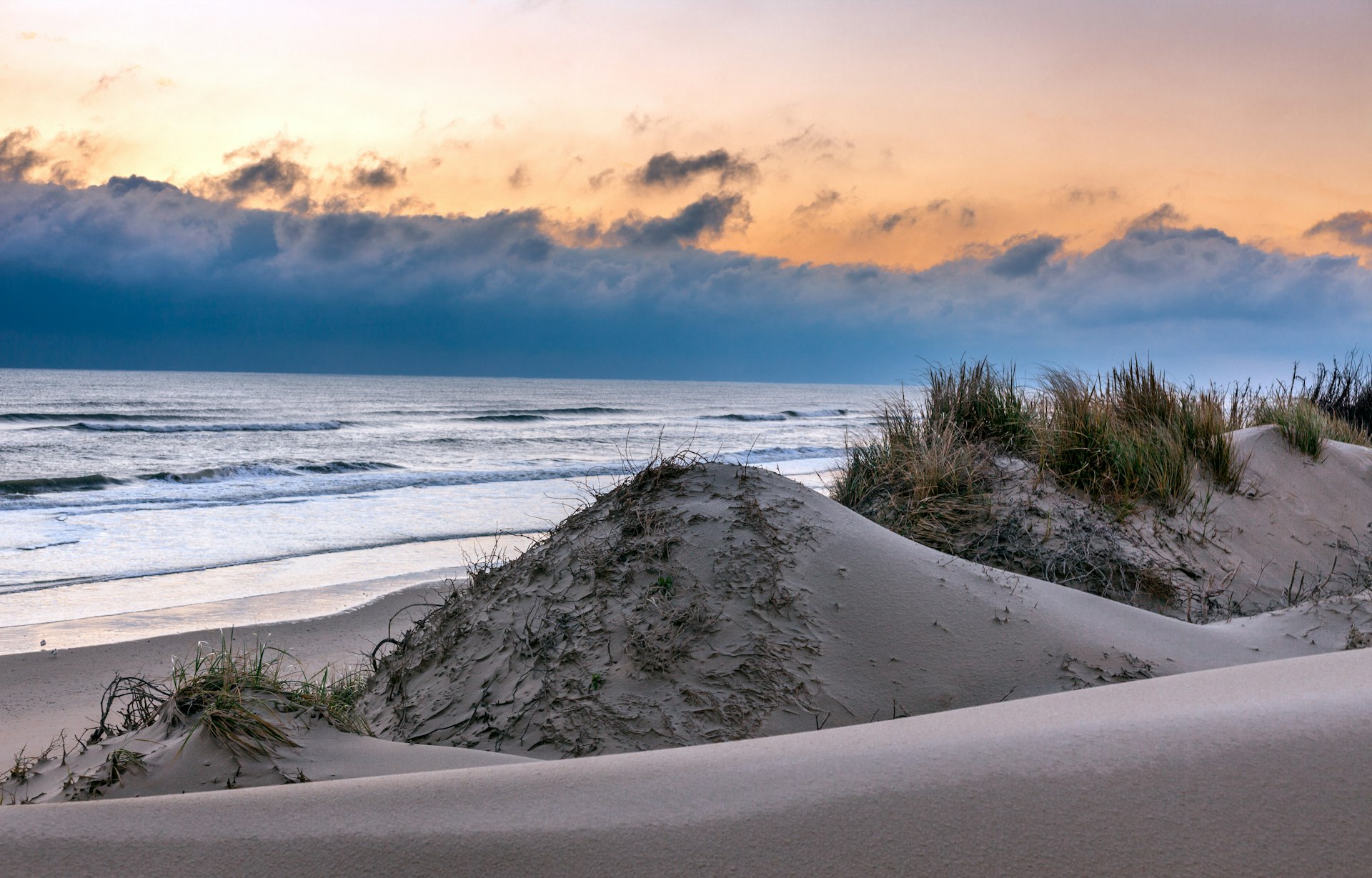
Best destinations for remote work
The Outer Banks
These North Carolina barrier islands by definition are remote. There’s miles and miles of mostly federally protected coastline through the National Parks system, which draws in everyone from recreational fishermen to water sports junkies.
Coastal Mississippi
The Secret Coast is 62 miles of picturesque beach and is often overlooked by it’s more popular neighbors of East Florida and West Texas. The temperate climate makes it a year-round destination for outdoor activities.
Ketchum, Idaho
Ketchum, Idaho is a hidden treasure known for its premier ski resorts and low-key vibe. Outdoor enthusiasts will appreciate the beautiful mountain backdrops, hot springs and Dark Skies Reserve.
Greater Zion
Greater Zion offers four state parks in addition to incredible hiking at Zion National Park. The area provides adventures on Sand Mountain, hiking, biking and even scuba diving in the desert. Families can check out historic St. George, a pioneering village with museums, shops, restaurants and more. There are plenty of accommodations in the area that provide Wifi.
Summer travel pattern
Over the summer, road travel reached pre-pandemic levels, and campsites, cabins, and RV parks continue to be booked through fall. Which means people are hitting the road this year as much as they did in previous years. Choice Hotels reported in August that nearly one-fourth of the hotel chain’s revenue came from customers traveling less than 25 miles to a hotel. And an almost 30% increase in stays more than seven nights, as compared to August 2019.
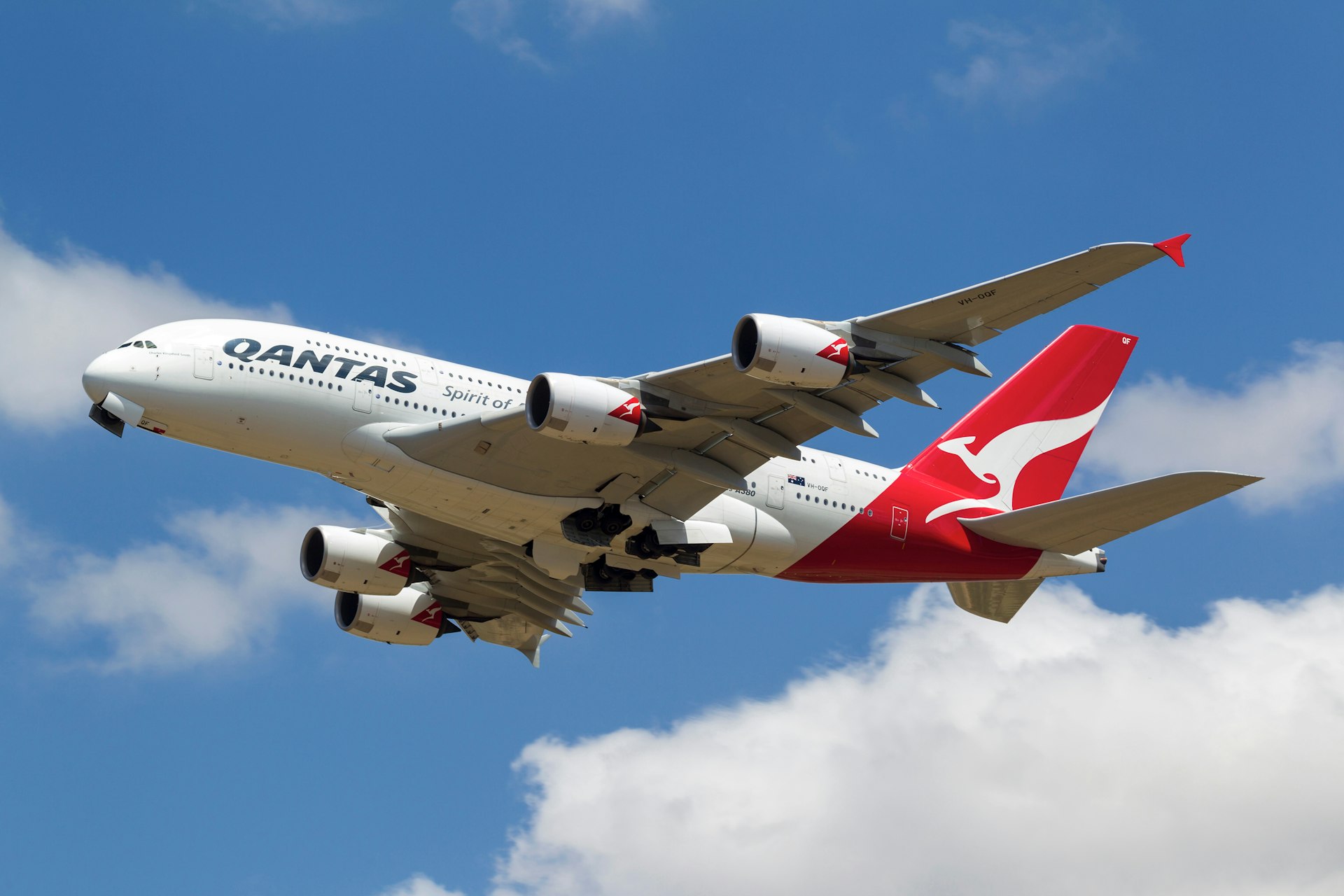
Airline travel
Airlines are also starting to report an increase of flights. Hopper has seen an increase of more than 50% of flight bookings since the low point of the pandemic, but bookings are still down 70% from last year.
“We are seeing customers feeling more comfortable booking travel with flexible options available to cancel or change plans, if needed. In fact, 80% of those surveyed said they would book a flight for the holidays if they knew they could change or cancel it without penalty,” Berg says.
The rise of slow travel
As the pandemic continues, the travel industry is already evolving to promote and accept longer stays. But could this way of traveling, also known as slow travel, move beyond a niche and become the new normal? Slow travel is when the tourist opts to spend a longer time in one place with the intention of immersing themself in the culture of the community.
“To me, the defining factor is quality over quantity — immersing yourself in one destination more deeply,” says national travel writer Lydia Schrandt. Schrandt and her partner have been slow traveling for many years, and says this approach to travel may be more sustainable and impactful than quick trips.
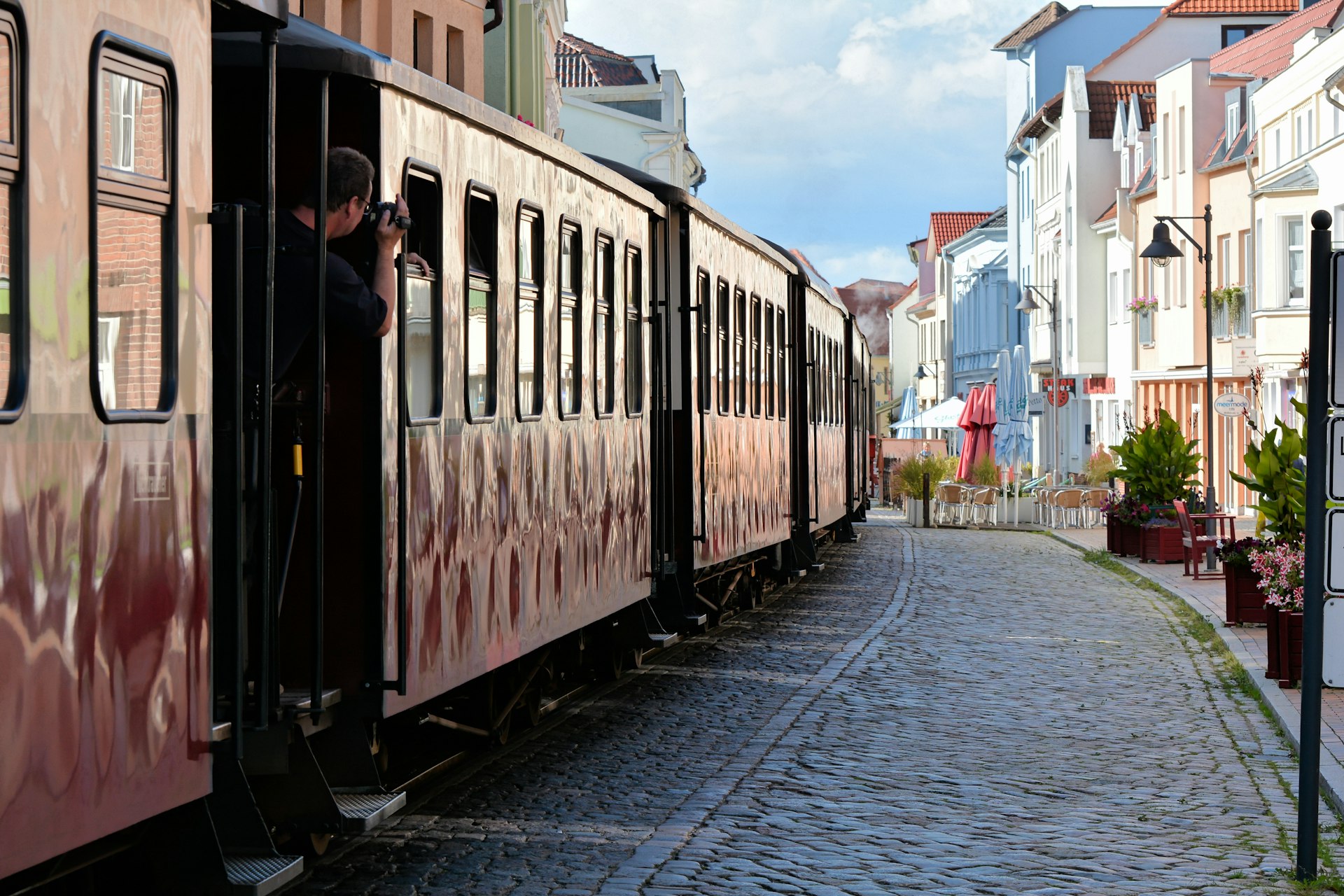
“When you're rushing from one place to the next, it's easy to go for the low-hanging fruit so to speak, the big attractions and restaurants that cater to tourists. This doesn't always benefit the local community. When you have some time to really explore, you can find those local gems that aren't always listed in the guidebook. This feeds your tourism dollars into the local economy.”
When you stay in one place longer, you will naturally become invested in the local community, and contribute to the local economy. Additionally, slow travel can be better for the environment, requiring fewer flights or other forms of transportation that can balloon your carbon footprint.
Finally, slow travel can help reduce overtourism, the phenomenon of destinations being overwhelmed with visitors. But, these benefits don’t seem to be the main motivation for travelers seeking a better place to work remotely right now. Their inspiration is to work from somewhere else better than home.
You might also like:
Ask LP: how are airlines social distancing on board?
Mexico's tourist attractions are starting to welcome visitors back
College kids are ditching dorms for the digital nomad life

